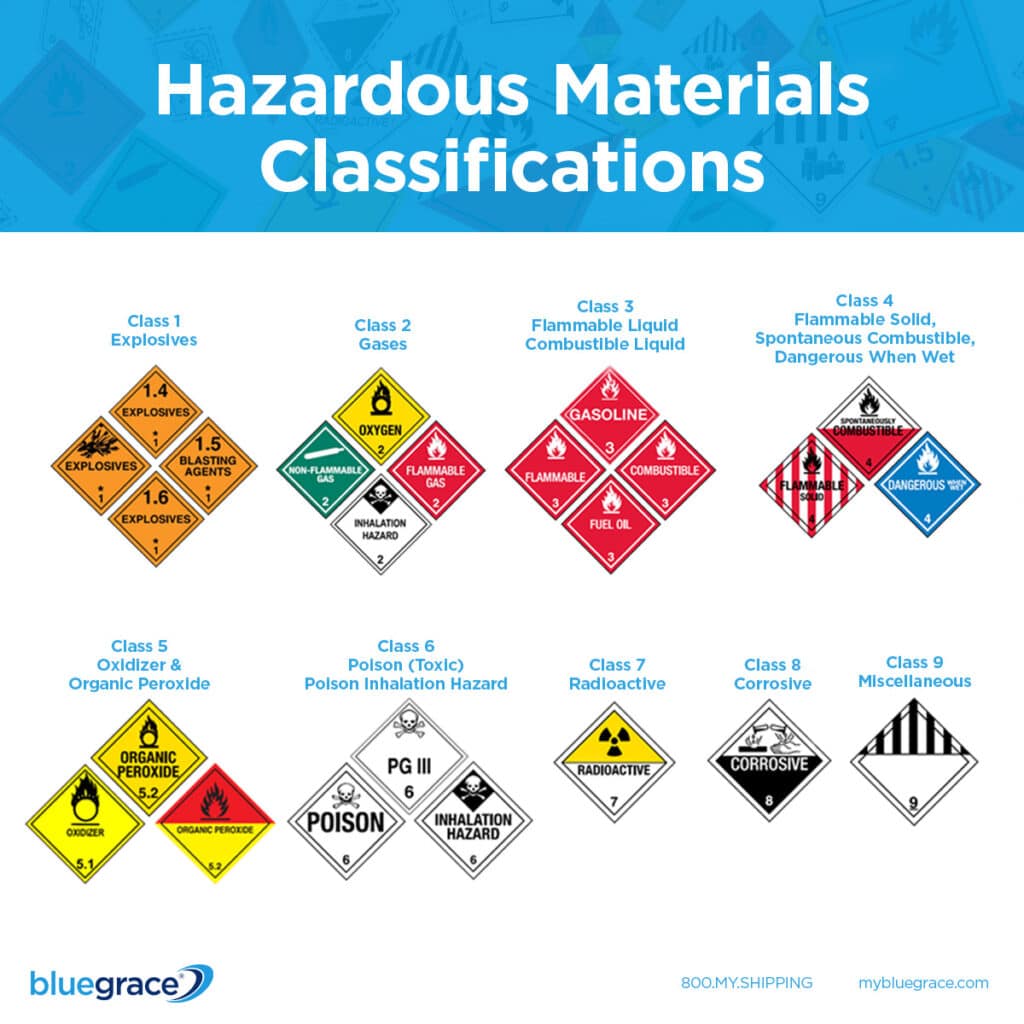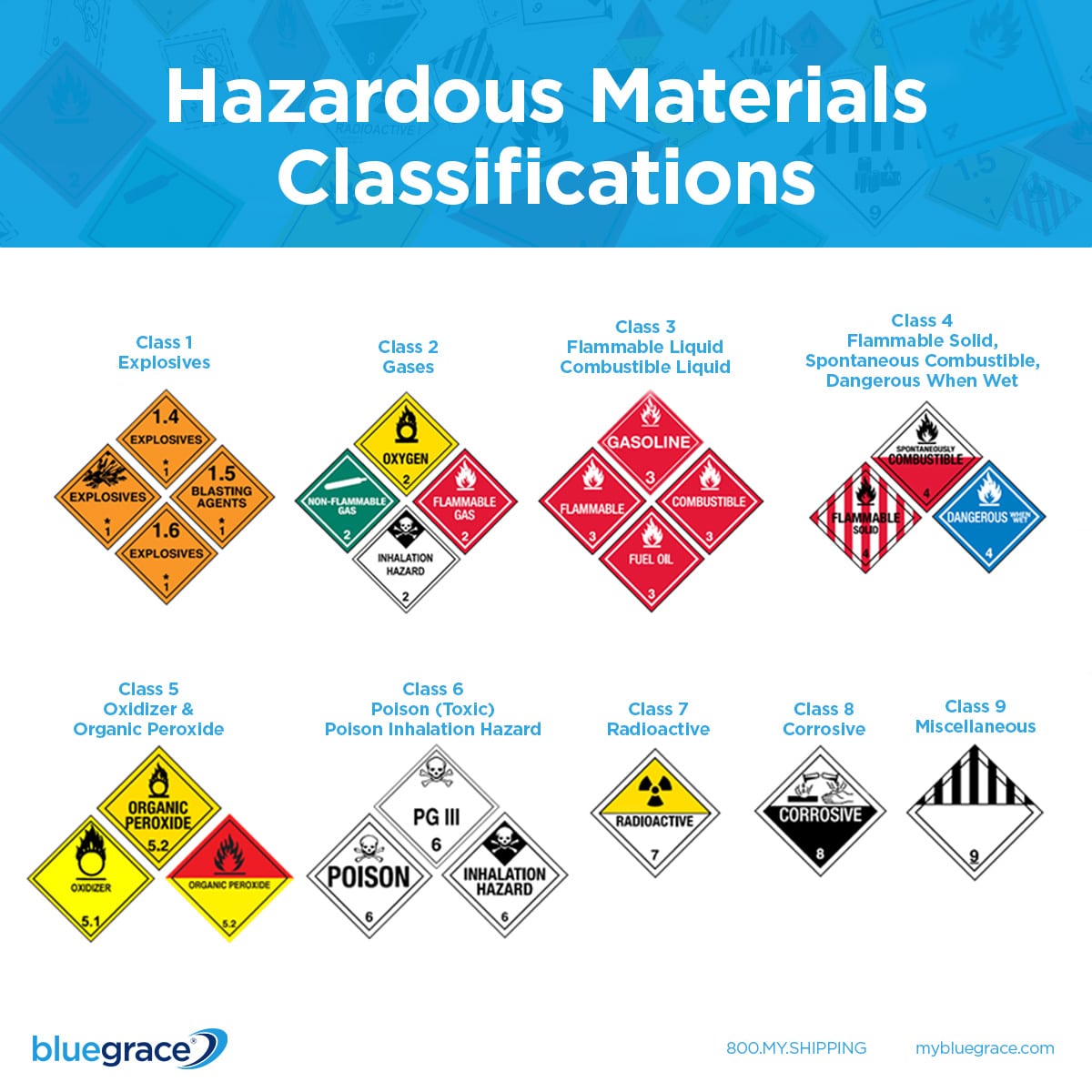Shipper’s Responsibilities in Hazmat Shipping
HAZMAT shippers have many responsibilities according to federal regulations. Recognizing that the goods you are shipping are hazardous materials is the first and most difficult step. Proper classification of hazardous materials is essential as well. This determines how to label, package, and handle the goods while in transit. These are critical to safe passage.
Shipper responsibilities include:
Determining whether a material meets the definition of a “hazardous material”: This is the first and most important step.
Proper Shipping Name, Class/Division, and Identification Number: These must be included on the shipping documents.
Hazard Warning Label: It’s essential that all hazardous materials be properly labeled when prior to shipment.
Packing: Shippers must use authorized packaging that has been manufactured, assembled, and marked in accordance with the Hazardous Materials Regulations (HMR).
Marking: Basic marking requirements for hazardous materials consist of a proper shipping name and identification number for the contents of the package. It is important that the markings be durable, in English, and not obscured by other labels or markings on the package.
Employee Training: Mandate HAZMAT training for all personnel handling hazardous materials, aimed at enhancing overall understanding and compliance with regulations and documentation. Additionally, ensure specialized, safety, and security training as mandated by federal regulations. Employees must undergo refresher training every three years or upon job function alteration.
Security Plans: Hazardous Materials Regulations (HMR) dictate that each hazmat employer that is subject to the security plan requirements must establish and implement a security plan and train their HAZMAT employees on the plan.
Shipping Papers: Shippers must create documents for the purpose of communicating that the shipment contents are hazardous. These documents must include a proper description of the hazardous materials that comply with the regulatory requirements. They must include details like proper shipping name, hazard class, identification number, and packaging group. Carriers must not transport HAZMAT without properly preparing shipping documents.
Emergency Response Phone Number and Information: Include an emergency response phone number on the shipping papers. Ensure continuous monitoring of this number throughout the material’s transportation. The number must connect to a person knowledgeable about the hazardous materials being shipped and the appropriate emergency response procedures. If the contact person does not have this knowledge, they need to have immediate access to a person that possesses this knowledge. It’s important to note that the person who signs the shipping papers should be the individual most familiar with the shipment.
Shipper Responsibilities Shared with Carriers
Some carrier responsibilities overlap with shipper responsibilities, making the carrier ultimately responsible for performing that function in accordance with federal hazardous materials regulations.
These shared responsibilities include shipping papers, compatibility, blocking and bracing, placarding, and security plan preparation.
Ensuring Safety When Shipping Hazardous Material
Ensuring the proper identification and classification of hazardous materials before shipment is crucial for both human and environmental safety. This step directly impacts your ability to adhere to packaging, labeling, and other regulatory mandates necessary for the secure transportation of hazardous goods.
Navigating HAZMAT shipping is intricate and poses risks if mishandled. Thus, it’s paramount to choose a shipping partner with the expertise and qualifications to transport hazardous goods safely. Entrusting your shipments to HAZMAT shipping experts simplifies the process and guarantees the safe arrival of your goods at their destination.





